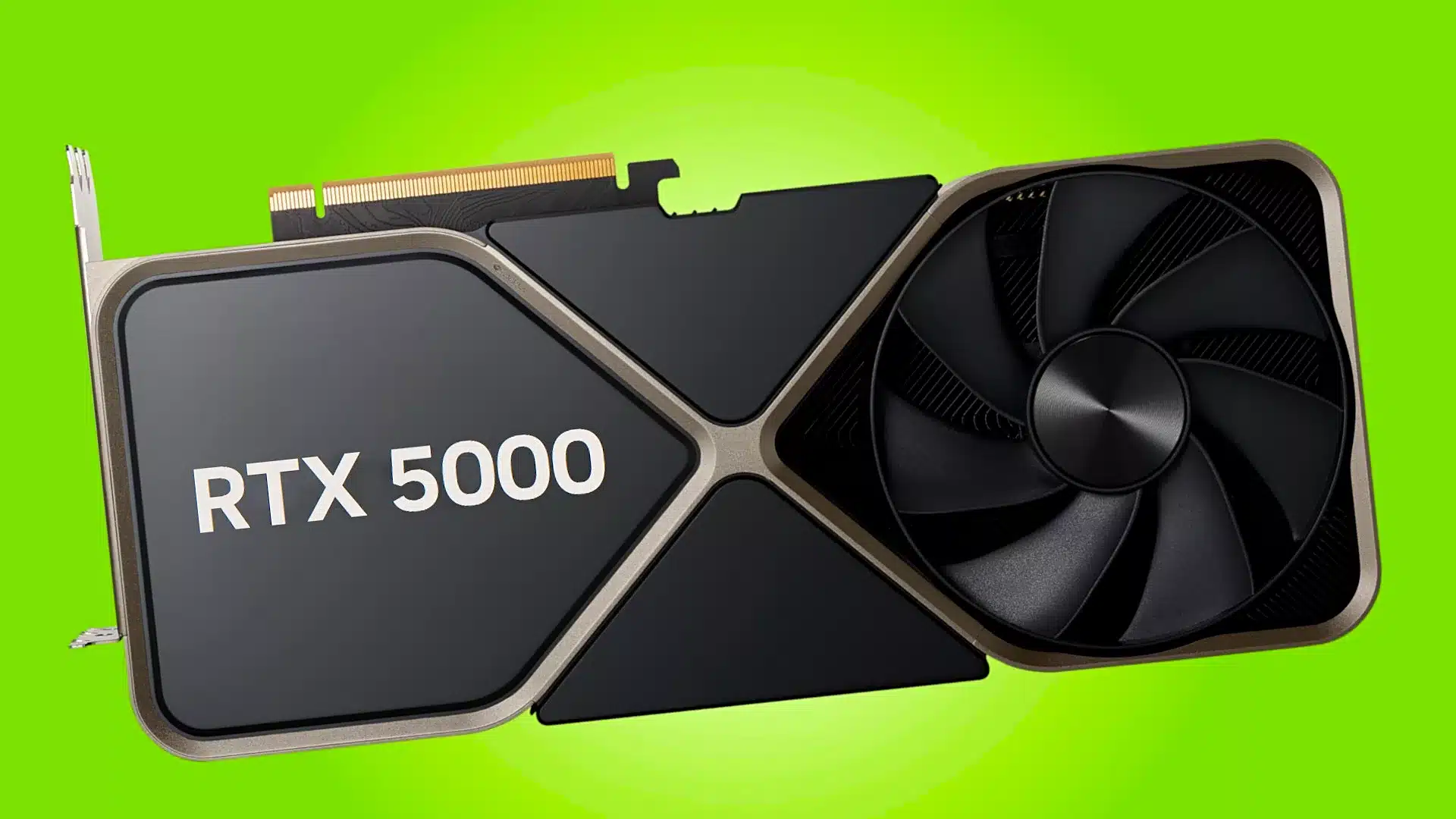The RTX 5000 generation from Nvidia may require a 16-pin power connector of the sixth PCI generation
With the release of the RTX 4000 “Super” graphics cards Nvidia’s work on the Ada-Lovelace generation is probably coming to an end. The next series, the RTX 5000 (“Blackwell”), is already on the horizon and is expected to be launched by early 2025 at the latest.
Now the first rumors about the upcoming GPUs are gradually accumulating. Nvidia’s RTX 5000 series is said to rely exclusively on a 16-pin power connector. In contrast, slower and cheaper RTX 4000 models often still rely on a classic 8-pin connector
The most important facts in brief
- Nvidia plans to use only 16-pin power connectors for the RTX 5000 series, according to leak
- Nvidia aims for cost savings and uniform standard for power supply
- AMD, on the other hand, may continue to reject the 16-pin connector and consider it unnecessary
This is what the leak claims: The rumors come from YouTuber “Moore’s Law is Dead”, who refers to four different sources. According to this, Nvidia is aiming for a complete switch to the “PCIe 6.0 16-pin connector” with RTX 5000.
The power connector is intended for all models of the Blackwell generation, including an RTX 5060. For Nvidia, the 16-pin connector is already established as the current industry standard, which is why it makes sense for the manufacturer to rely on it completely.
With a uniform standard for the power supply across all GPU models, Nvidia would ultimately save money on material costs.
In terms of power consumption, on the other hand, Nvidia could make corresponding gradations – the enthusiast GPUs such as an RTX 5090 should be able to consume up to 600 watts, while lower models should be supplied with up to 450 or 300 watts.
What is meant by PCIe 6.0?
Now the term “PCIe 6.0” from MLID is not quite accurate – because the leak has nothing to do with your PCI Express slot, as you might first assume from the video title.
This is more likely to be the PCI-CEM 6.0 (“PCI Express Card Electromechanical”) specification, which is intended as the successor to PCI CEM 5.0 – you will probably know this under the name “12VHPWR”.
An already known part of PCI CEM 6.0 are the shortened sensor pins that were introduced with the 12V-2×6 connector (unofficially PCI CEM 5.1) to avoid potentially melting cables and connectors.
Correspondingly, the PCI CEM 6.0 specification is not completely new, as the RTX 4000 Super graphics cards mentioned at the beginning rely exclusively on the 12V 2X6 connector, and the same applies to the RTX 4090 up to the RTX 4070 Ti.
What would change for you
Probably not much, as the new power connection via adapter is also compatible with older power supplies with sufficiently classic 8-pin connectors, as a supposed Nvidia source also emphasizes according to the video from MLID
Such adapters are often supplied by GPU manufacturers if their GPU relies on a new power connector with 16 pins.
This should also apply to Nvidia’s slower models in the RTX 5070 and RTX 5070 (Ti) series if, unlike their predecessors in the current generation, they generally rely on the new power connector.
What is AMD’s position on this? Another MLID source is said to have come from AMD and explained that the manufacturer had considered the 16-pin connector for the Radeon GPUs.
However, AMD has decided that this is “an unnecessary new standard”, which is why it was not introduced for RDNA 3 – and this is unlikely to change with RDNA 4 either.
As more and more new power supply units also offer a cable with a 16-pin connector, it remains to be seen to what extent this will prove to be the case in the future.
The original drama surrounding the 12VHPWR connector doesn’t faze Nvidia according to the leak – do you? Would you trust a modified 16-pin connector for your graphics card or do you agree with AMD, who see the standard as unnecessary? Let us know in the comments below


